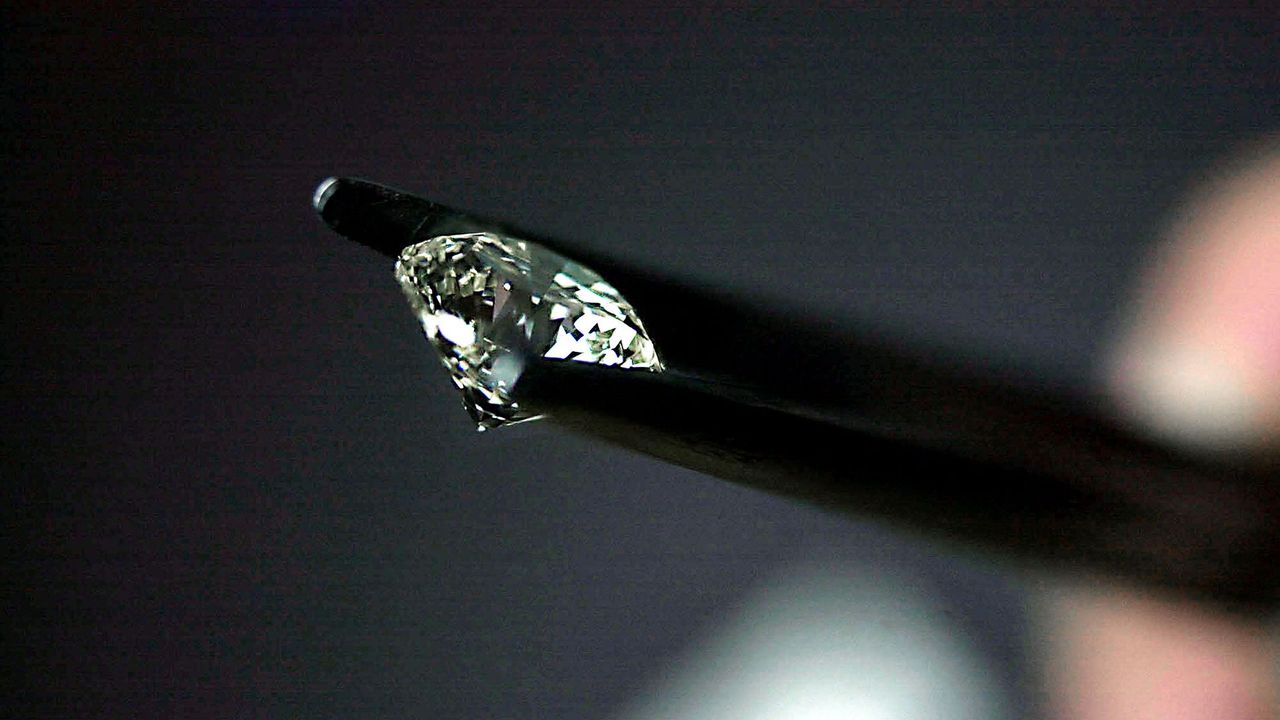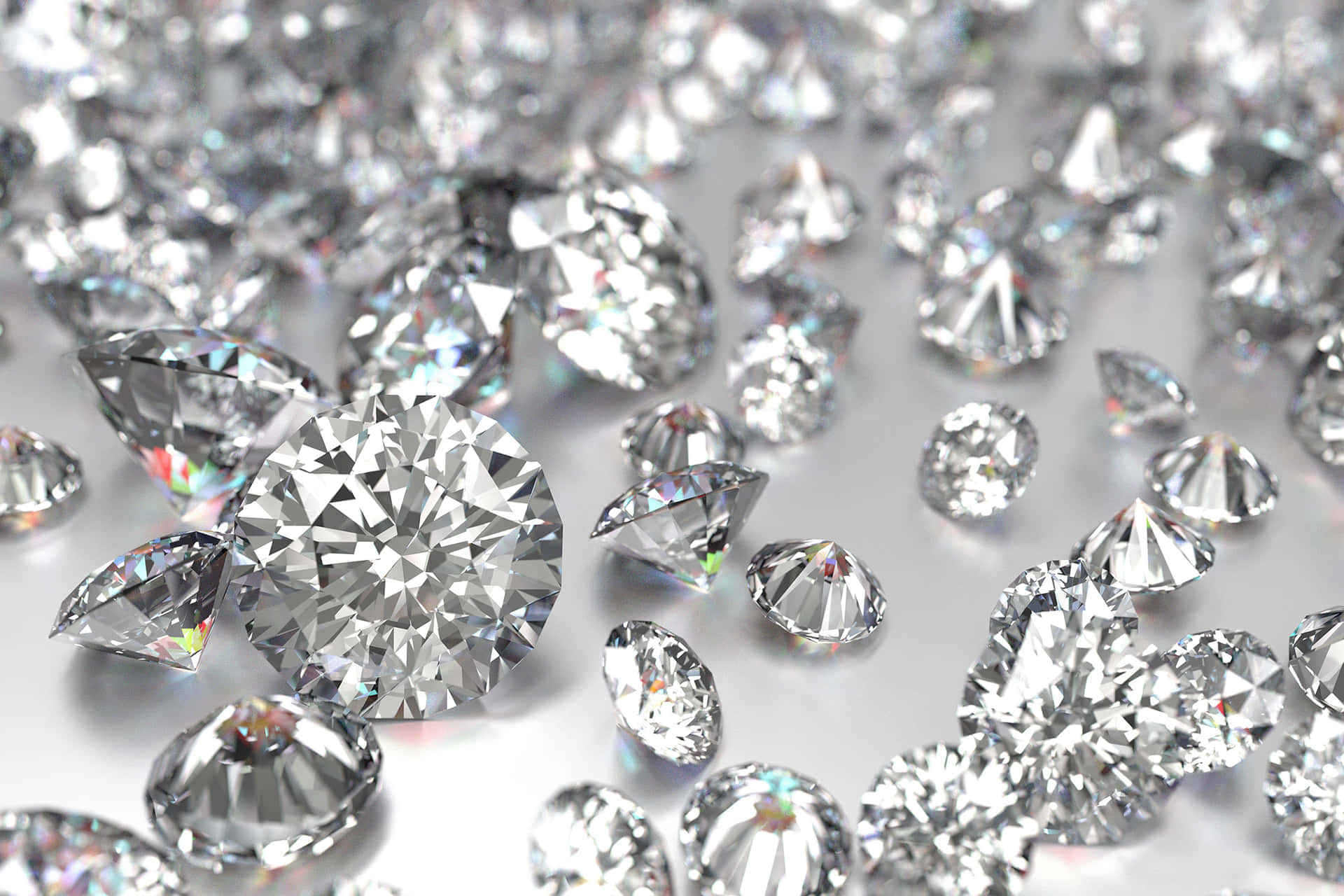
What are Lab-Grown Diamonds?
Lab-grown diamonds, also known as synthetic diamonds or man-made diamonds, are created in controlled laboratory environments using advanced technological processes that mimic the natural conditions in which diamonds form beneath the Earth’s surface. These diamonds possess the same physical, chemical, and optical properties as naturally occurring diamonds, making them indistinguishable to the naked eye.
The Advantages of Lab-Made Diamonds
1. Environmental Sustainability
Lab-made diamonds are ecofriendly alternatives to traditional mined or lab grown diamonds. Unlike mined diamonds, which require extensive mining operations, lab-grown diamonds have a significantly lower environmental impact. They reduce the need for land disturbance and water usage associated with diamond mining, as well as eliminate the potential for habitat destruction and soil erosion caused by traditional mining practices.
2. Ethical Sourcing
One of the most compelling reasons to choose lab-grown diamonds is their ethical sourcing. Unlike mined diamonds, which are often associated with conflict and exploitation, lab-grown diamonds are ethically produced without any involvement in human rights abuses or armed conflicts. This makes them a responsible choice for consumers who prioritize ethical considerations in their purchasing decisions.
3. Superior Quality and Purity
Lab-made diamonds offer superior quality and purity compared to many mined diamonds. Because they are grown in controlled environments, lab-grown diamonds are virtually free from inclusions and impurities that can affect the clarity and appearance of traditional mined diamonds. This results in gems that exhibit exceptional brilliance, fire, and sparkle, making them highly desirable for use in fine jewelry.
4. Cost-Effectiveness
Another significant advantage of lab-grown diamonds is their cost-effectiveness. In many cases, synthetic diamonds are priced lower than their mined counterparts, making them more accessible to consumers who are budget-conscious. This affordability allows shoppers to purchase larger or higher-quality diamonds for the same price as a smaller or lower-quality mined diamond.
The Process of Creating Lab-Grown Diamonds
1. Chemical Vapor Deposition (CVD)
Chemical Vapor Deposition (CVD) is one of the most common methods used to produce lab grown diamonds. In this process, a diamond seed is placed in a vacuum chamber filled with hydrocarbon gas. The gas is ionized using microwave energy, causing carbon atoms to precipitate onto the diamond seed, gradually building a crystal lattice that forms a diamond.
2. High-Pressure High-Temperature (HPHT)
High-Pressure High-Temperature (HPHT) is another method employed to create synthetic diamonds. In this process, a carbon source such as graphite is subjected to extreme pressure and temperature conditions resembling those found naturally beneath the Earth’s surface. Over time, the carbon atoms align to form a diamond crystal.
Applications of Lab-Grown Diamonds
Lab-grown diamonds have a wide range of applications across various industries:
- Fine Jewelry: Lab-made diamonds are increasingly popular choices for engagement rings, wedding bands, and other fine jewelry pieces due to their beauty, durability, and affordability.
- Technology: Synthetic diamonds are utilized in cutting-edge technologies such as laser optics, semiconductor manufacturing, and quantum computing for their exceptional thermal conductivity and optical properties.
- Medical: In the medical field, lab-grown diamonds are used in surgical tools and equipment for their hardness and biocompatibility, as well as in drug delivery systems and biomedical imaging.
Conclusion
Lab-grown diamonds offer a sustainable, ethical, and high-quality alternative to traditional mined diamonds. With advancements in technology and increased consumer awareness, synthetic diamonds are reshaping the diamond industry and transforming the way we perceive and consume these precious gemstones. Whether for personal adornment, technological innovation, or medical advancement, lab-made diamonds are poised to play a central role in shaping the future of diamond utilization.




